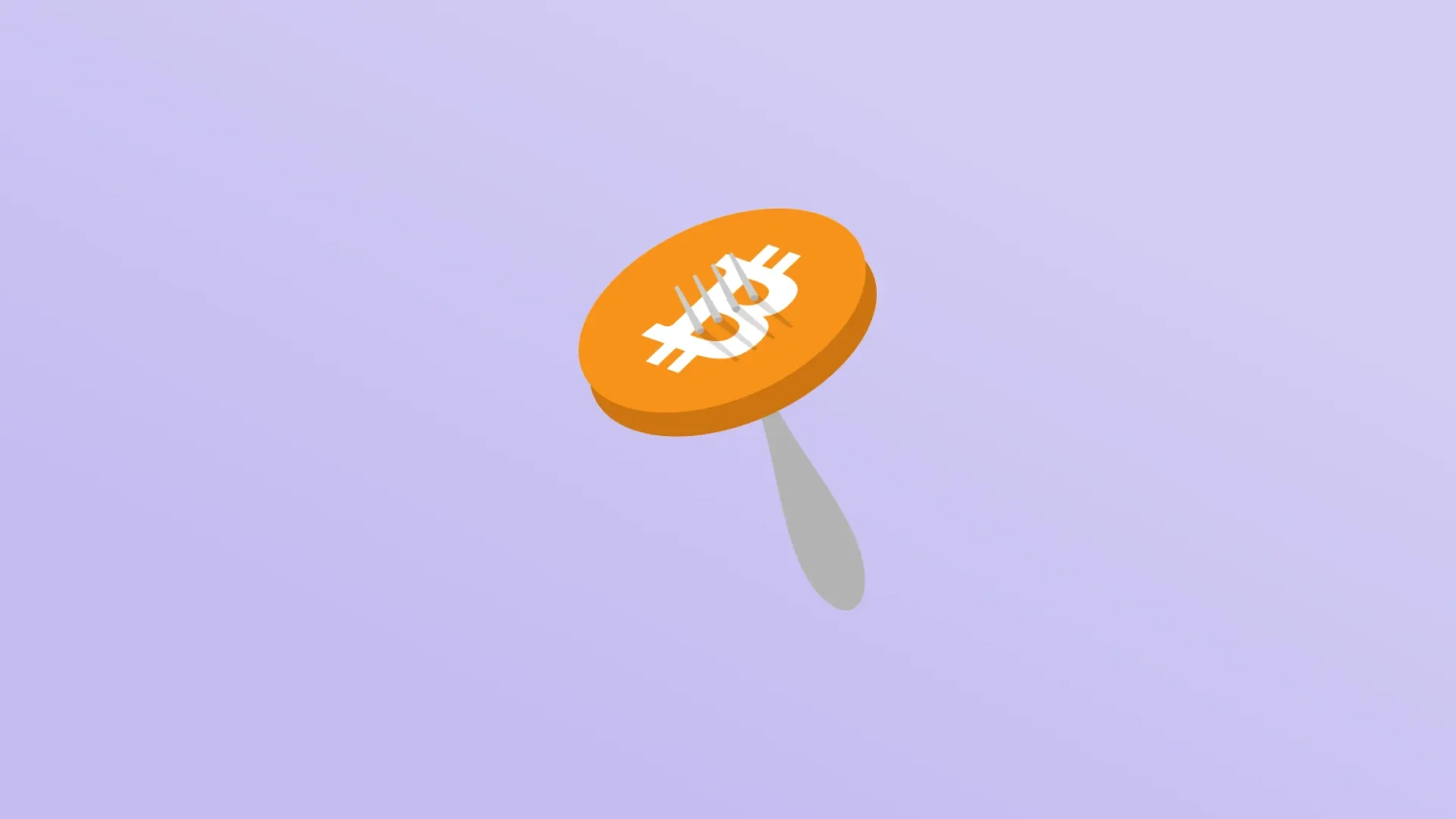
Analysis of the Curio Exploit
Learn how Curio was exploited, which resulted in a loss of approximately $16 million.
Youtube Video
Playing the video that you've selected below in an iframe

Learn the details of an old Bitcoin fork, its causes, and its effects on the network.
On March 13, 2013, a shift from BerkeleyDB to LevelDB in Bitcoin Core v0.8 caused a blockchain fork at block 225,430 due to varying block processing capabilities, leading to a version mismatch, network split, and a non-malicious double spend incident.
Bitcoin is the first decentralized cryptocurrency that was created in 2009 by an unknown person or group of people using the pseudonym Satoshi Nakamoto.
The root cause of the incident was the transition from BerkeleyDB to LevelDB in Bitcoin Core v0.8, which introduced a discrepancy in block processing capabilities between different versions, resulting in a split of the blockchain.
In the dynamic landscape of blockchain, cryptocurrency, and the decentralized ecosystem, the evolution of technology plays a crucial role in shaping the network's resilience and efficiency. This was exemplified in the significant shift Bitcoin Core made from BerkeleyDB to LevelDB with its 0.8 version release. The primary motivation for this change was to enhance the blockchain synchronization time, a key factor in maintaining the network's performance and scalability.
Database management is a cornerstone in the infrastructure of systems like Bitcoin, where the integrity and security of data are paramount. In this context, locking mechanisms are implemented to prevent concurrent changes and potential corruption of the database. BerkeleyDB, used in earlier versions of Bitcoin Core, employed a b-tree data structure for storing objects. This setup required two locks per update, but it also imposed a significant constraint: the necessity for users to define a maximum number of concurrent locks. In Bitcoin's implementation, this limit was set to 10,000, a figure that would soon prove to be critically inadequate.
The issue came to a head when a miner, using Bitcoin Core v0.8, mined an exceptionally large block at height 225,430. This block was massive in terms of transaction volume, affecting over 5,000 transactions, which necessitated more than 10,000 locks on the b-tree.
This requirement exceeded the set limit in BerkeleyDB, leading to its failure. The older versions of Bitcoin Core, which were still using BerkeleyDB, could not process this block. In contrast, v0.8, which had switched to LevelDB, did not encounter these constraints and processed the block without issue.
This technical limitation caused a dramatic split in the Bitcoin blockchain, effectively dividing the network. One part of the network, running on the newer v0.8 nodes, continued on the new chain, while the other, operating on v0.7 and earlier versions, maintained the older chain. This split was more than a mere divergence in technology; it created a divide within the Bitcoin community, with different factions supporting different versions of the blockchain.
In an effort to resolve this blockchain fork, operators of large mining pools running version 0.8.0 were urged to downgrade to version 0.7. This move was strategic, aimed at reuniting the blockchain and ensuring its compatibility across all versions of Bitcoin software. As a result, the majority of the network's hash power converged on the chain without the larger block, leading nodes on v0.8 to eventually reorganize to the v0.7 chain.
Delving deeper into the technical aspects, it becomes evident that versions of Bitcoin prior to 0.8 were configured with an insufficient number of Berkeley DB locks to process large, yet valid, blocks. The manual for Berkeley DB suggested a methodology for determining the maximum number of locks, lockers, and lock objects, which involved running the application under stressful conditions and then doubling the maximum used values for safety. However, this approach did not anticipate blocks that, while smaller in size, required more locks than were available.
The situation was further complicated by the fact that max-sized blocks had been successfully processed on the testnet, leading to an oversight of the potential for smaller blocks to trigger lock limit issues. Prior to version 0.7, unmodified mining nodes self-imposed a maximum block size of 500,000 bytes, inadvertently preventing this scenario. With the advent of version 0.7, which made the target block size configurable, miners were encouraged to increase this target, setting the stage for the eventual fork.
The switch to LevelDB in Bitcoin 0.8 was a critical move, as LevelDB did not have the same locking limits as Berkeley DB. This allowed it to process the forking block successfully. However, the issue was not limited to block processing. Berkeley DB locks were also required during the processing of re-organizations, meaning that versions prior to 0.8 might have been unable to process some valid re-organizations.
The aftermath of this Bitcoin blockchain fork at block 225,430 was a period of intense scrutiny and proactive response from the core development team. Recognizing the severity of the situation, they embarked on a comprehensive investigation to unearth the root causes and implications of the incident. Their diligent efforts culminated in the release of Bitcoin Core version 0.8.1, a carefully engineered update designed to circumvent the creation of blocks that older versions would deem incompatible.
This event, with its complexities and challenges, stands as a testament to the robustness of blockchain technology and the resilience of the Bitcoin community. It highlighted the critical need for rigorous testing and validation, particularly when implementing fundamental changes in a system as intricate and pivotal as a blockchain.
Amidst this eventful period, a notable incident of a large double spend occurred, marking a significant point of interest. This incident was distinguished by its lack of malicious intent; instead, it was driven by a spirit of experimental inquiry. The occurrence of double spending, where a single unit of digital currency is used in multiple transactions, poses a fundamental challenge to blockchain networks. Such an event directly conflicts with the core ethos of blockchain technology, which is predicated on the uniqueness and single-use of each digital currency unit. The assurance that each digital coin can be spent only once is foundational to the network's trustworthiness and reliability.
In this particular case, the double spend was executed as an exploratory test. A person purposefully tested the system's susceptibility to double spending by taking advantage of the temporary division within the blockchain that the fork caused. This act was not a pursuit of financial gain or malicious damage; it was a calculated exploration aimed at testing the blockchain's resilience. This deliberate act provided a unique perspective on the potential for double spending under such unusual circumstances, contributing valuable insights into the blockchain's operational integrity and security measures.
Reference Source Bitcoin